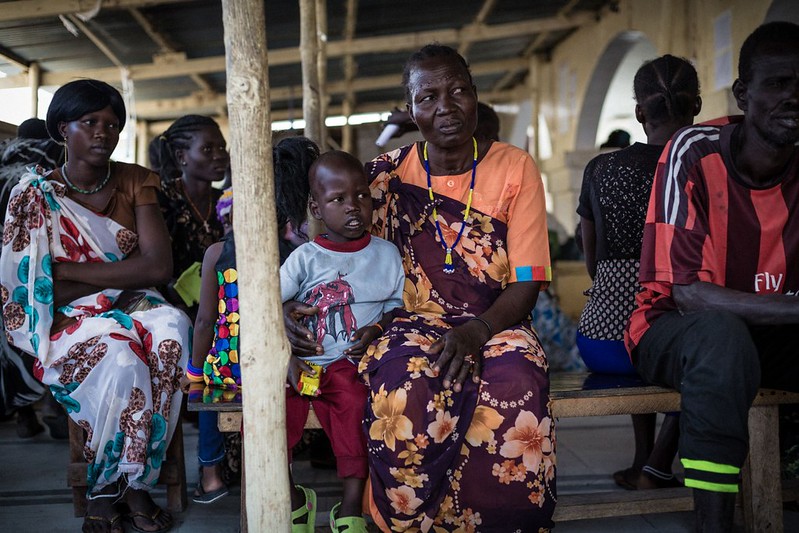 South Sudan has suffered nearly a decade of conflict and is one of the countries most heavily affected by neglected tropical diseases in the world. The conflict caused almost irreparable damage to the nation’s social support structures that have only in recent years been improving with the help of external humanitarian organizations. Continent-wide diseases such as HIV/AIDS, malaria and pneumonia place a heavy burden on South Sudan. However, many neglected tropical diseases are also rife within the nation, acting as silent killers that hugely contribute to the country’s mortality rate yet garner far less attention and aid than is needed to combat the outbreaks.
South Sudan has suffered nearly a decade of conflict and is one of the countries most heavily affected by neglected tropical diseases in the world. The conflict caused almost irreparable damage to the nation’s social support structures that have only in recent years been improving with the help of external humanitarian organizations. Continent-wide diseases such as HIV/AIDS, malaria and pneumonia place a heavy burden on South Sudan. However, many neglected tropical diseases are also rife within the nation, acting as silent killers that hugely contribute to the country’s mortality rate yet garner far less attention and aid than is needed to combat the outbreaks.
Civil War and the Health Care System
The South-Sudanese Civil War occurred from 2013 to 2020 due to President Salva Kiir’s accusation towards Riek Machar, former deputy, and 10 others of attempting to start a coup d’etat. Conflict broke out between the Sudan People’s Liberation Movement (SPLM) and the Sudan People’s Liberation Movement-in-Opposition (SPLM-IO), devastating the country’s social structures, such as the democratic institutions, the weak economy and the fragile healthcare system. South Sudan currently ranks third in the world on the Fragile States Index.
The war catalyzed a vast humanitarian crisis that shook the very core of the nation, destabilizing the basic structures and needs for the population to survive. The inflation rate soared, reaching a peak of 835%, which made commodity prices exponentially rise and plummeted the value of the Sudanese Pound. Millions fled their homes during the conflict, leaving them displaced in a famine and relying on an already-overwhelmed health care system.
In 2020, essential health care coverage stood at 44% and critical care services such as child health care were at risk due to shrinking national fiscal space. Additionally, at the height of the COVID-19 pandemic in 2021, more than 8 million people out of the total 13 million population needed humanitarian aid.
Neglected Tropical Disease Outbreak
The World Health Organization (WHO) recognizes 20 neglected tropical diseases, 19 of which affect South Sudan. While South Sudan has been formulating plans and programs to combat neglected tropical diseases for decades, progress is slow and has only in recent years bolstered more support.
In 2008, the Ministry of Health identified the top neglected tropical diseases that affected South Sudan: visceral leishmaniasis (VL), human African trypanosomiasis (HAT), onchocerciasis, dracunculiasis (Guinea worm), lymphatic filariasis (LF), schistosomiasis, trachoma and soil transmitted helminths (STH).
The ministry recommended the use of integrated mass drug administration (MDA), however, it feared that “the existing financial resources and global political commitment are not sufficient to reach the goals of elimination or control by 2020 at the latest.”
Indeed, in the 2016-2020 South Sudan National Master Plan, it outlined that “the allocation of funds to states and countries through inadequate, lacks guidance on allocation of funds to specific programs areas such as NTD control.” In 2008, the Ministry of Health estimated that around 3.9 million people were at risk of trachoma in surveyed areas, and in 2024, South Sudan remained with the highest prevalence of active trachoma anywhere in the world, with up to 80% of children under 9 suffering from the condition.
The Good News
The story is not all bleak, however, as the continued efforts have been gradually paying off. The 2023-2027 South Sudan NTDs Master Plan details that increased attention has allowed for “significant strides globally in the control, eradication and elimination of NTDs.” These positive steps include 70-80% member states previously NTD-endemic in 2020 now declaring the elimination of at least one disease, 44 member states certified free of guinea-worm disease compared with 2020, and 44 states fully mapped for PCT-NTDs (preventative chemotherapy NTDs) compared with 2020.
With support from the WHO, since 2021, the country has managed to treat almost 17 million people for river blindness, elephantiasis, bilharzia, trachoma and soil-transmitted worms. Additionally, a treatment drive in 2023 traveled house-to-house, performing MDA against bilharzia. Increased awareness and education efforts are allowing isolated villages to receive more accessible treatment diseases; Dr Aja Kuol, the president of South Sudan’s Ophthalmologic Association and first South Sudanese female ophthalmologist has been travelling across the country with her team to perform sight-restoring operations to those suffering from sight-related diseases, reaching almost 4,700 people in 2023, The Telegraph reports.
Lastly, the Centers for Disease Control and Prevention (CDC) introduced Project ECHO, which aims to reduce clinical variations and improve the quality of care for patients. As of 2024, the project conducted nearly 200 sessions and 3,500 health care workers across the nation have received the training.
Closing Remarks
The civil war in South Sudan caused not only physical mass destruction and damage but also took a huge mental toll on the population. The efforts to combat neglected tropical diseases across the country have been slow and demoralizing at times, however, the effort has paid off. Now that the society is breaking initial barriers such as poor awareness and education, the country can expect improvement, with the most recent master plan facilitating “multi-sectoral collaboration” that can achieve the nation’s vision of a neglected tropical disease-free country.
– Helena Pryce
Helena is based in Nottingham, UK and focuses on Global Health and Politics for The Borgen Project.
Photo: Flickr




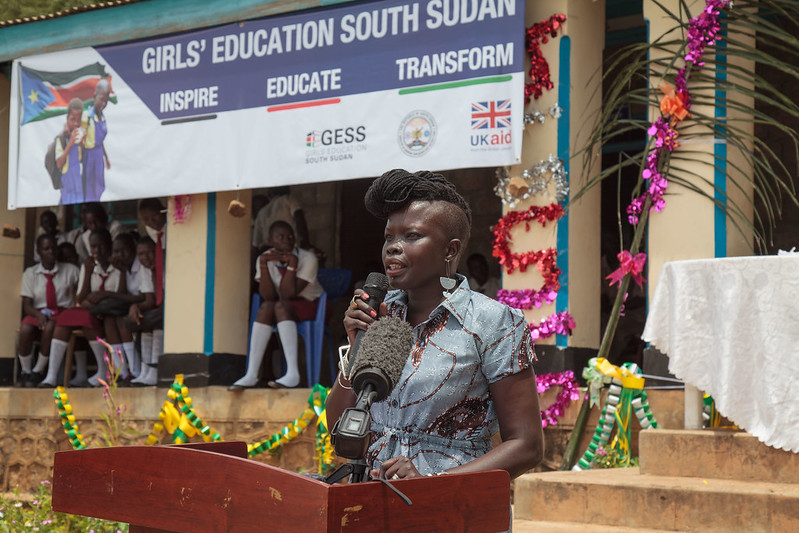
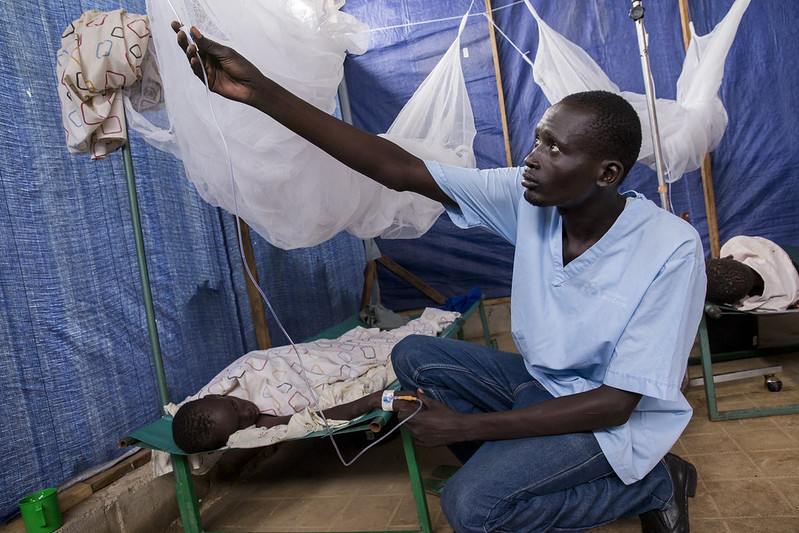 On 29 February 2024, Oxfam warned of the increasing threat of outbreaks of diseases due to overcrowded South Sudan transit centers. Amid Sudan’s conflict fallout, Renk transit centers in South Sudan are bursting at the seams, accommodating more than half a million displaced individuals, three times its capacity. With more than
On 29 February 2024, Oxfam warned of the increasing threat of outbreaks of diseases due to overcrowded South Sudan transit centers. Amid Sudan’s conflict fallout, Renk transit centers in South Sudan are bursting at the seams, accommodating more than half a million displaced individuals, three times its capacity. With more than 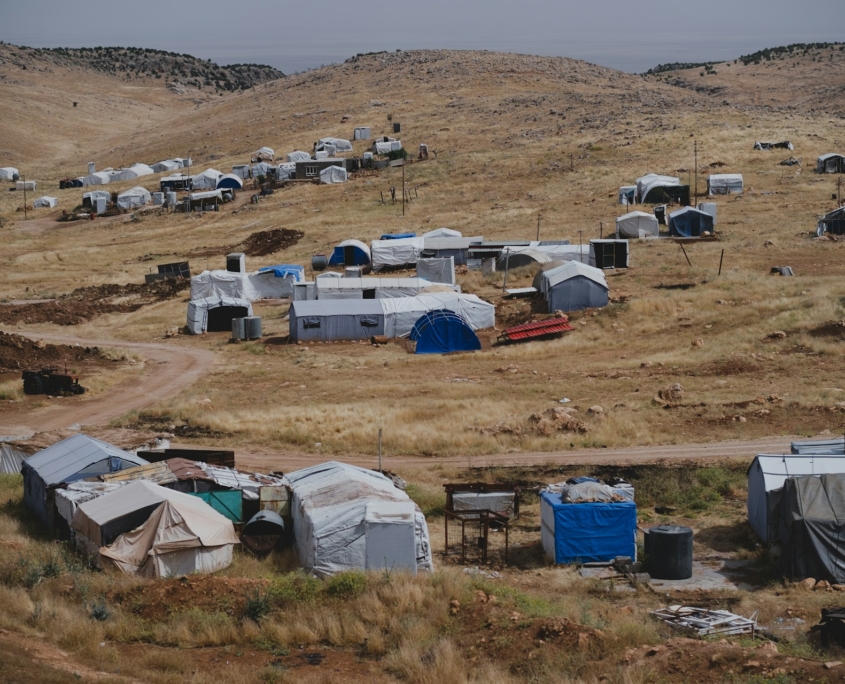 In the aftermath of Sudan’s brutal
In the aftermath of Sudan’s brutal 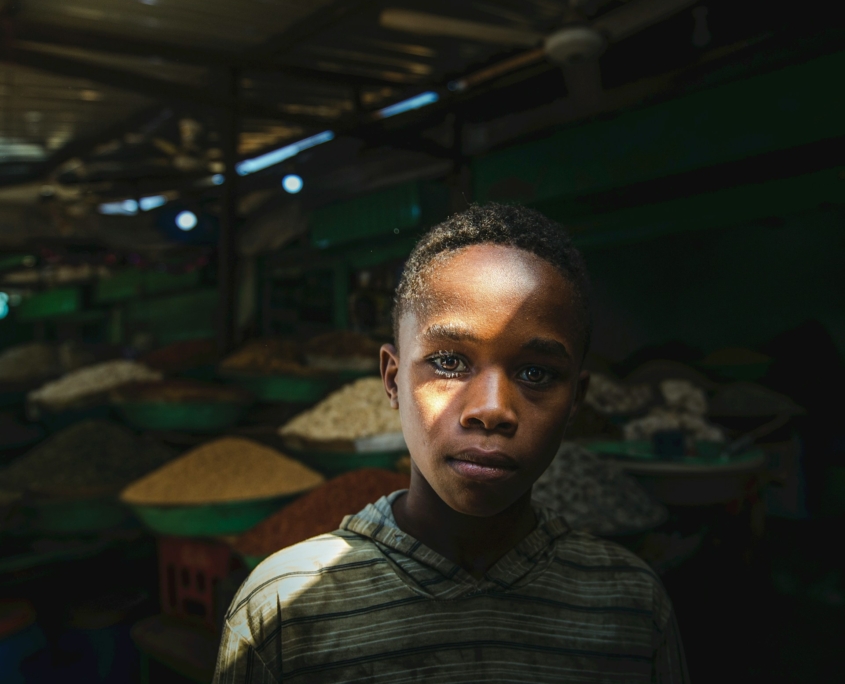 Literacy in South Sudan is a significant challenge, with many women, girls and children queueing daily at wells to fetch water for their families. The program, Literacy at the Well, transforms their waiting time, often exceeding an hour, into a learning opportunity. This innovative initiative offers reading and writing lessons, effectively utilizing the time spent at communal water sources for educational purposes.
Literacy in South Sudan is a significant challenge, with many women, girls and children queueing daily at wells to fetch water for their families. The program, Literacy at the Well, transforms their waiting time, often exceeding an hour, into a learning opportunity. This innovative initiative offers reading and writing lessons, effectively utilizing the time spent at communal water sources for educational purposes.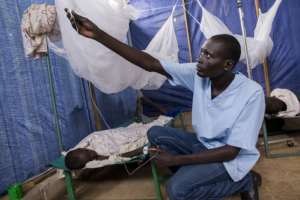 South Sudan is a country in North Africa, bordering the Central African Republic, Sudan, Ethiopia, Kenya, Uganda and the Democratic Republic of the Congo. According to the World Bank, the world’s youngest country is experiencing a humanitarian crisis and two-thirds of the 11.4 million population is in need of humanitarian assistance. Of note, the World Health Organization states the average life expectancy is only 57 years of age. The rate of maternal deaths is 789 per 100,000 live births, 37.9 for neonatal deaths and 90.7 per 1,000 live births for children under 5.
South Sudan is a country in North Africa, bordering the Central African Republic, Sudan, Ethiopia, Kenya, Uganda and the Democratic Republic of the Congo. According to the World Bank, the world’s youngest country is experiencing a humanitarian crisis and two-thirds of the 11.4 million population is in need of humanitarian assistance. Of note, the World Health Organization states the average life expectancy is only 57 years of age. The rate of maternal deaths is 789 per 100,000 live births, 37.9 for neonatal deaths and 90.7 per 1,000 live births for children under 5. 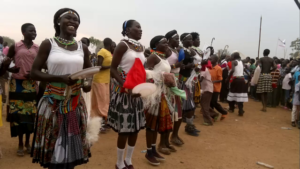 Decades of war have had a notable impact on mental health in South Sudan. Few resources are available to help those suffering from trauma and stigma deters people from seeking mental health assistance. Despite how dire the situation is, organizations are stepping up to improve mental health within the young nation.
Decades of war have had a notable impact on mental health in South Sudan. Few resources are available to help those suffering from trauma and stigma deters people from seeking mental health assistance. Despite how dire the situation is, organizations are stepping up to improve mental health within the young nation.